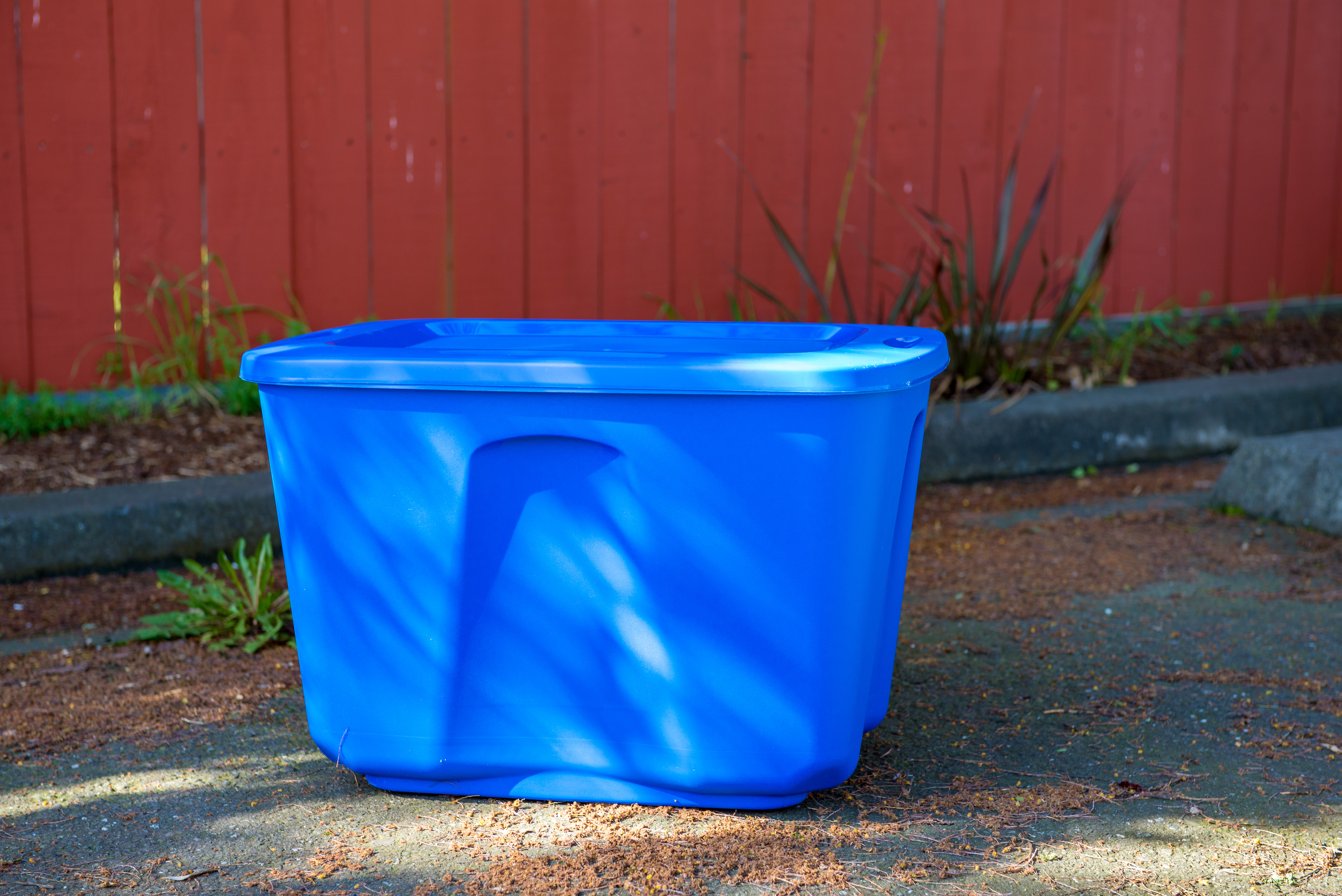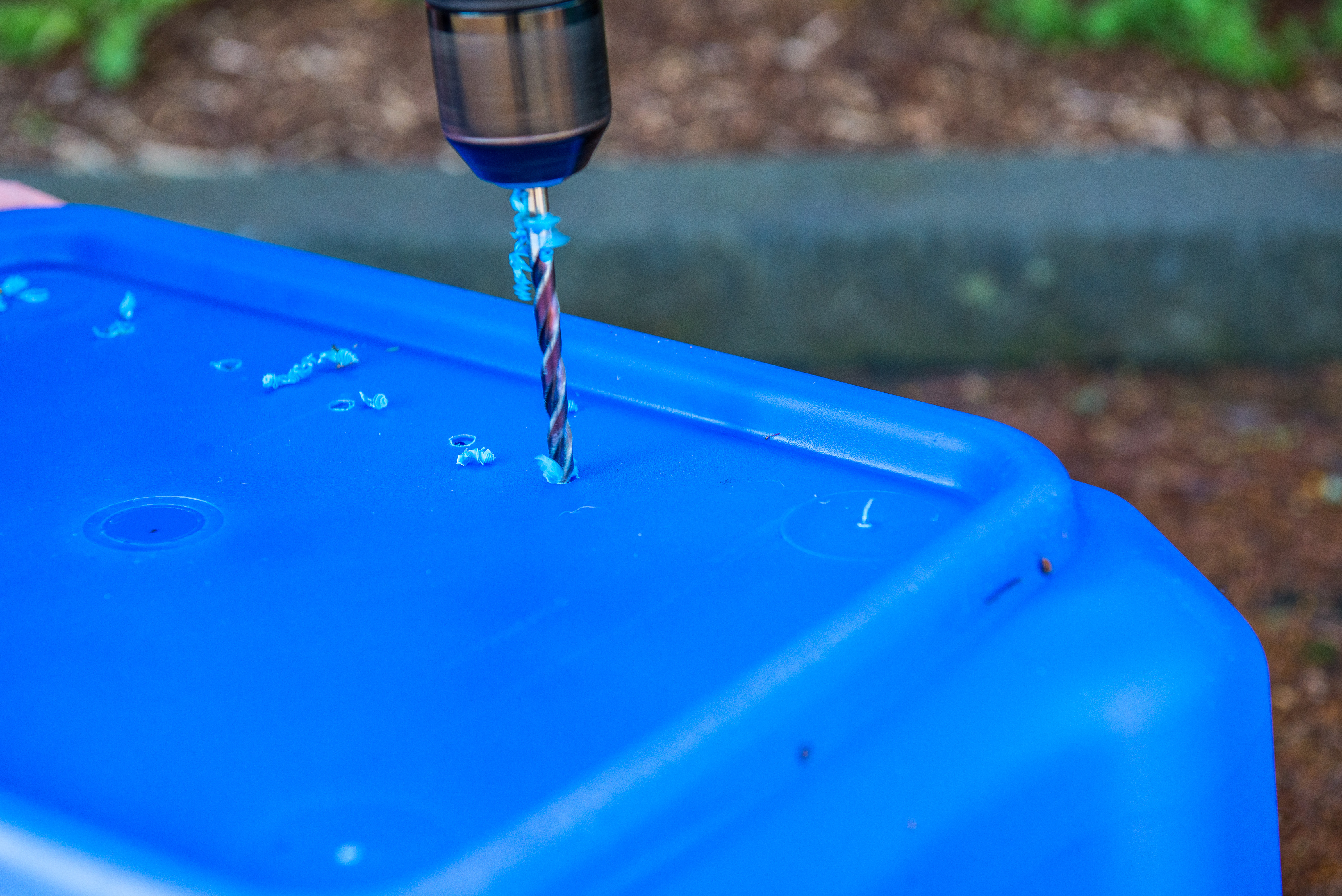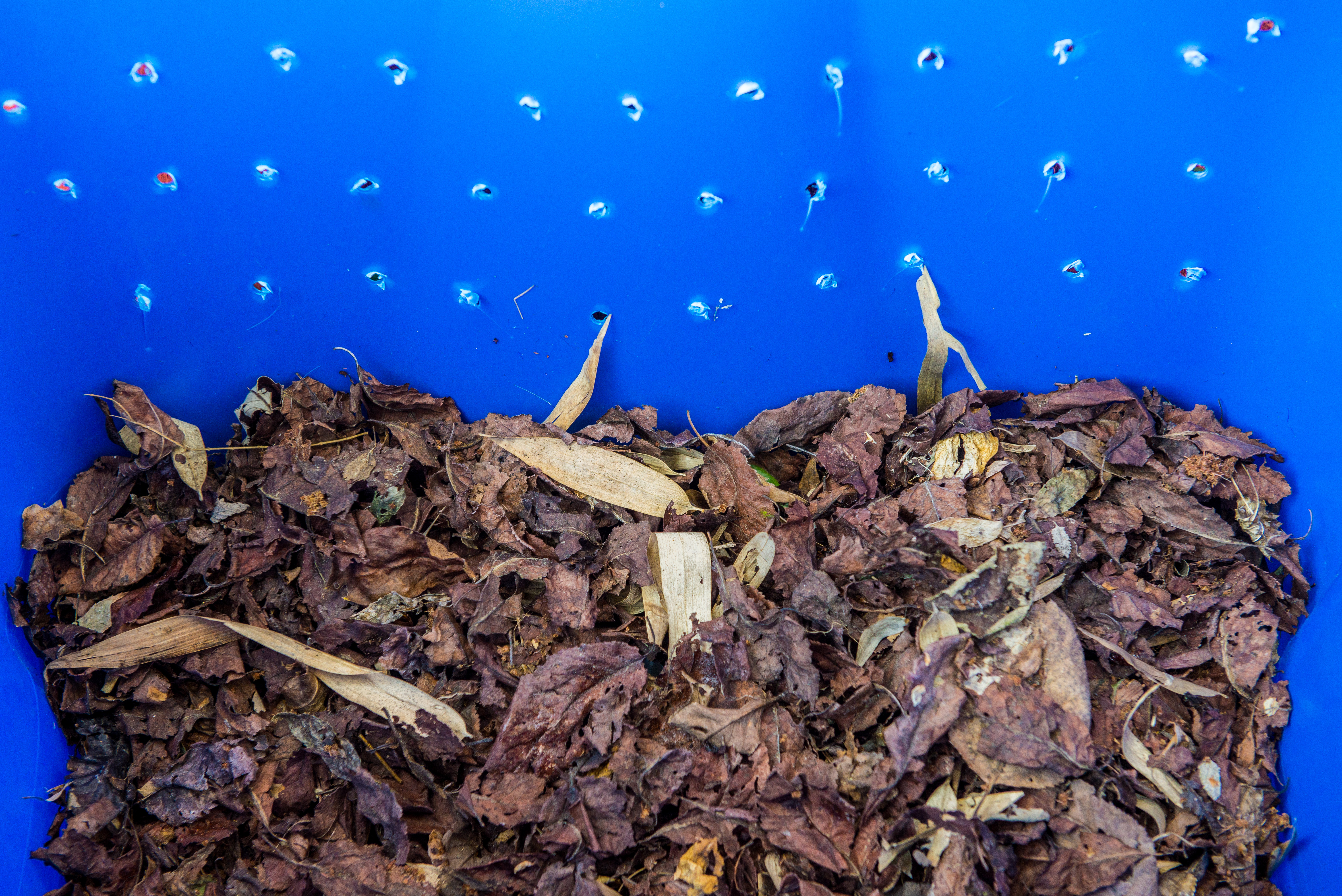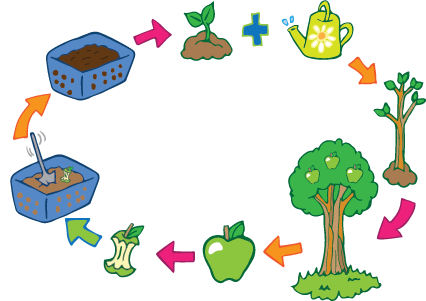
Co-op News | Spring Quarterly 2018
DIY Compost at Home
Compost is organic material that can be added to soil to help plants grow. With the help of Local Worm Guy, a family-owned business based in Fieldbrook, the Co-op responsibly disposes of organic waste generated by both our internal operations and our shoppers. But composting doesn’t have to be a large-scale operation. Composting is easy and can be done at home. One of the first steps to learning how to compost is figuring out what you’re going to compost in. Even if you have small garden on your deck or a couple of beds in your backyard, making a simple compost bin out of a plastic storage bin is an easy first step to not only give your garden the best soil, but keep your kitchen scraps and carbon out of the landfill.
Supplies
-
Plastic bin with lid
-
A drill
-
Food or newspaper scraps
-
Wire mesh (optional)
Steps
1. Recycle or buy a plastic storage bin with a lid that is at least 18 gallons. (The lid helps keep moisture in, as well as keep animals out. It is always a good idea to secure the lid with either a large rock or a bungee cord.)

2. Drill small holes, 1-1½ inches apart, in the bottom of bin and the sides. (Aeration helps material decompose faster.) Larger holes can cause compost to spill out, as well as attract pests. If you want to prevent this, line the inside of the container with wire mesh.

3. Find a spot in partial shade outside to keep your container. Direct sun may cause excessive heat in plastic bins, and full shade may be too cool.

4. Place shredded newspaper or dry leaves on the bottom of the bin.

5. You are now the owner of your own compost bin! Not it's time to follow the Compost Guidelines below!
Compost Guidelines
1. Add Materials
All compost requires three ingredients:
-
Browns – dead leaves, branches, and twigs
-
Greens – grass clippings, vegetable waste, fruit scraps, tea bags, and coffee grounds
-
Water
Keep a balanced mix of green and brown material (start with a ratio of three browns to one green). Too much of any one kind of material will slow down the process.
Do not compost meat or fish scraps, dairy products, oils and grease, meat or fish bones, pet wastes, or diseased plant material.
2. Turn and Mix
Turn your compost with a shovel or pitchfork whenever you add new materials, or every 3-4 days. Be sure to mix up the contents so that the pile gets oxygen and can break down effectively.
3. Water
A compost pile needs moisture to keep the composting process active. Don't let the compost completely dry out, but don't let it get too wet—it will become soggy and smelly. (If you notice a stench, make sure you have enough browns in the pile.)
Using Compost

Compost will be ready when it looks and smells like very dark, crumbly soil. By following the compost guidelines, your compost should be ready in as little as five months or up to a year. You can use your compost as-is, removing larger items (avocado pits, corn cobs) and adding it to your soil or lawn, or anywhere that could benefit from good, nourishing soil.




